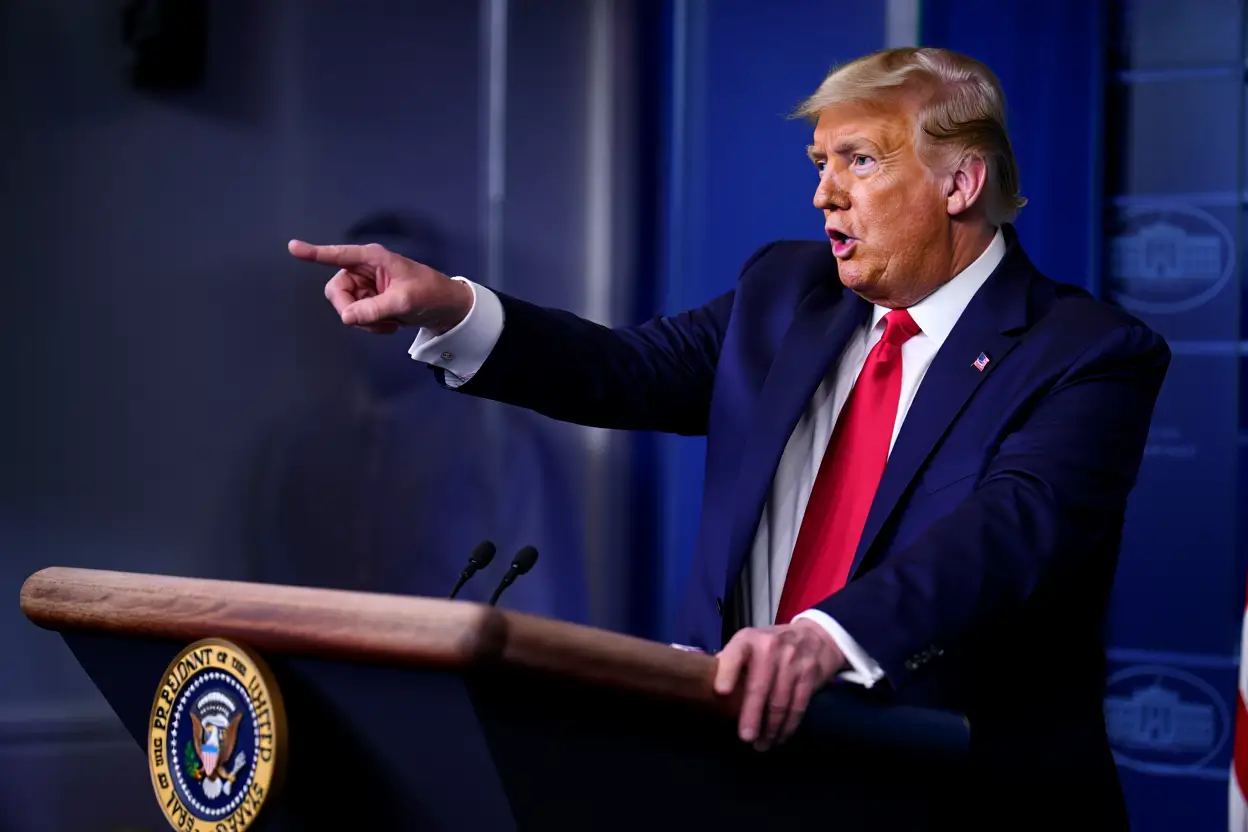President Trump told reporters on Aug. 25 that China “has to give us magnets” or the U.S. could impose a 200% tariff, a blunt escalation in a fight over critical minerals. The remark spotlights U.S. vulnerability to rare-earth supplies used in EVs, smartphones and defense—and raises the prospect of sudden trade steps with big cost and national-security consequences. Officials and markets are weighing whether the comment signals a concrete policy path, a negotiating gambit, or both, while industry groups warn of immediate supply-chain disruption.
What Trump’s 200% tariff threat means for U.S. tech, 2025 stakes
- Trump threatened a 200% tariff on Chinese magnets on Aug 25, escalating trade friction.
- China added rare-earth magnets to export restrictions in April 2025, tightening supply.
- Tech and defense firms could face component shortages and price rises if controls widen.
- Next steps: no formal tariff announced; administration signals further measures and CBP enforcement.
Why now: How a 200% tariff threat could disrupt supply chains
The timing matters because China already moved to restrict rare-earth exports in April, and U.S. industrial policy is racing to boost domestic capacity. A real 200% tariff on magnets would immediately raise costs for manufacturers that rely on neodymium and other materials, slowing EV production and squeezing suppliers. Politically, the line shifts the administration from tariffs on broad goods to targeted measures on strategic inputs—raising stakes for allies, supply partners, and companies that rely on just-in-time inventories.
How politicians and markets reacted within 48 hours of Trump’s line
Markets and lawmakers reacted fast: analysts flagged potential price shocks, industry groups urged caution, and some Republicans praised a tough stance. Trade experts warned a unilateral tariff could trigger retaliation and disrupt alliances working to secure critical minerals. Social media amplified the remark; Reuters’ post quoting the comment circulated widely.
Trump says China has to give US magnets or face 200% tariff https://t.co/LTseHfCtcv https://t.co/LTseHfCtcv
— Reuters (@Reuters) August 25, 2025
What the rare-earth export data reveal about U.S. vulnerability
China’s export curbs and past trade moves show why a single comment matters. In April, Beijing added several rare-earth items and magnets to an export restriction list, tightening global supply. The U.S. has limited domestic capacity for high-grade magnet production, meaning a tariff or export squeeze could take months to address. Policymakers are pushing investment and permitting reforms, but scaling production for specialized magnets typically takes 6–18 months or more.
The key numbers: tariffs, package fees and mineral supply in 2025
Measure Value + Unit Date/Region Change/Impact Tariff threat 200% Trump comment, Aug 25, 2025 Sharp escalation in rhetoric CBP duties collected $492 million U.S., since May 2025 New revenue after de minimis cuts De minimis threshold $800 U.S. policy until Aug 29, 2025 Exemption removed, raises costs Packages claiming exemption 1.36 billion U.S., FY2024 ~10x since 2015 (139M) Magnet export controls Multiple rare-earth items China, Apr 2025 Supply restrictions tightened
Summary: These figures show immediate fiscal effects and long-term supply risks for U.S. industry.
Sources
- https://www.reuters.com/world/china/trump-says-china-has-give-us-magnets-or-face-200-tariff-2025-08-25/
- https://www.reuters.com/business/end-us-low-value-package-tariff-exemption-is-permanent-trump-officials-say-2025-08-29/
Similar posts:
- Record $26.4B profit, $54B Q3 outlook—here’s what’s new and what’s next for Nvidia in 2025–26
- Netflix’s New Spanish Miniseries ‘The Gardener’ Promises Edge-of-Your-Seat Thrills
- Joe Biden’s Withdrawal: What Do Polls Say About a Kamala Harris vs. Donald Trump Matchup?
- Lisa Cook sues and emergency hearing begins — how this could reshape the Fed in 2025
- “Characterize This Kid Who Killed Charlie Kirk” Sparks Station Boycotts In 2025 – Here’s Why

Jessica Morrison is a seasoned entertainment writer with over a decade of experience covering television, film, and pop culture. After earning a degree in journalism from New York University, she worked as a freelance writer for various entertainment magazines before joining red94.net. Her expertise lies in analyzing television series, from groundbreaking dramas to light-hearted comedies, and she often provides in-depth reviews and industry insights. Outside of writing, Jessica is an avid film buff and enjoys discovering new indie movies at local festivals.

